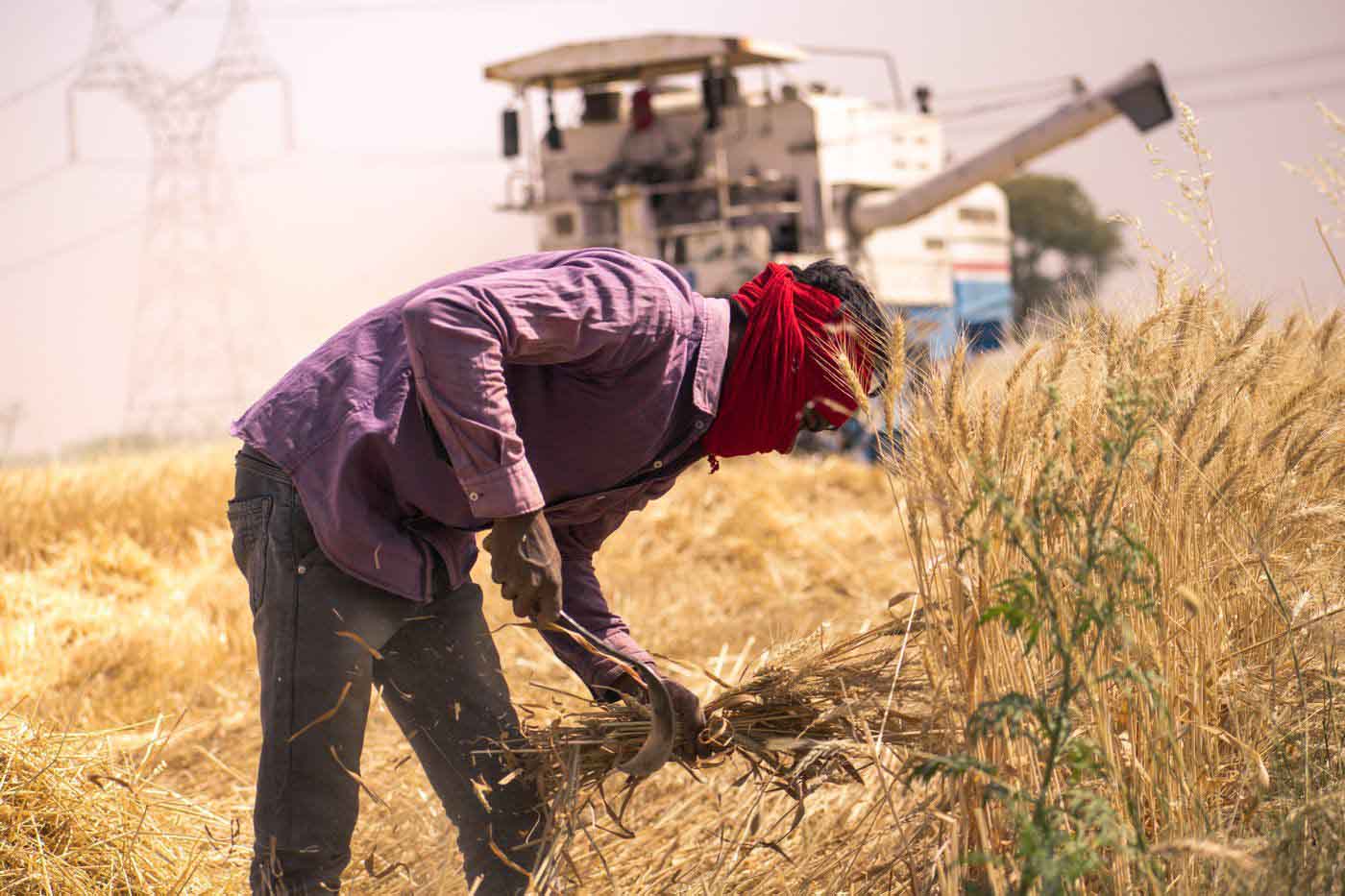By Dipa Sinha, Dr. B.R. Ambedkar University Delhi in Delhi
India’s inflation problem is making hunger worse and attempts to fix inflation may just add to poverty.
India’s foodgrain rations kept millions of people from falling into extreme poverty during the pandemic. Now, as the government considers whether or not to extend the scheme for the sixth time, it must factor in India’s complex food inflation problem.
India’s poor spend more than 40 percent of their incomes on food, compared with 36 percent for welfare-dependent households in Australia, and 27 percent for those on the lowest incomes in the US. For these groups, sustained increases in food prices mean a rise in both hunger and poverty. While the period before the pandemic saw exceptionally low food inflation in India, the pandemic induced increase in food insecurity has not waned since lockdowns ended. In recent months, this has been further exacerbated by food and fuel price inflation.
Wholesale and consumer prices indices measure the changes in prices in relation to a reference year. These are estimated based on price data for a representative consumption basket and give a break up of prices for food and non-food commodities. As such, the inflation rate gives the rate of increase in prices compared to the same month in the previous year. The food index within India’s wholesale price index (WPI) increased on an average by 10 percent since the beginning of 2022, reaching a peak of 12.4 percent in June 2022.
Food prices in India have been going up due to global as well as domestic factors, primarily related to supply shocks due to various reasons as well as global increases in oil prices. While wheat prices started going up from September 2021, the Ukraine invasion and heat waves in India have also added to global price rises, along with vulnerability in wheat availability. Similar trends are seen in CPI as well, with the inflation in cereals being 7 percent, oils and fats 7.52 percent, vegetables 10.9 percent and food and beverages overall at 6.71 percent in July 2022.
Wages have not kept pace with prices. In the two years to June 2022, average agricultural wages (real) declined by 2.67 percent and average non-agricultural wages (real) in rural areas dropped by 4.51 percent.
With food becoming less affordable, people tend to switch to inferior quality foods and also cut down on more nutritious items such as fruit, high-nourishment vegetables, milk and meat. A problem given diets in India already lack diversity and essential nutrients. An estimated 70 percent of Indians cannot afford a healthy diet.
Inflationary pressures on food prices are expected to continue due to various factors related to climate as well as speculative finance. The introduction of a 5 percent GST on packaged food items including rice, wheat, curd, lassi, papad and honey in July this year could further hike food prices.
Although only cereals are distributed through the government rations scheme known as the Prime Minister’s Garib Kalyan Anna Yojana or PMGKAY, they could prove critical as food prices continue to rise. PMGKAY helps people maintain their cereal consumption even during increases in prices of staples and frees up money which people can then spend on other foods.
There is apprehension the scheme may not be extended given the strain on domestic food production and availability of foodgrains. India’s public procurement of wheat in 2022 has been half that of previous years. This was partly due to the fall in production of wheat caused by heatwaves but also because market prices rose above the minimum support price (MSP) offered by the government diverting grain to private trade.
Delayed rains and low productivity in the current rice season mean rice production could decline by about 15 percent over last year. How this might impact rice procurement by the government remains to be seen. With rising prices and supply shocks, the government may need to offer farmers higher prices to maintain rice stocks.
The expansion of the Public Distribution System as well as using other government schemes such as the school midday meals and anganwadi services (for children under six, pregnant and lactating women), are important measures protecting people from hunger.
But there is also a need to understand the structure of food inflation in India and address various issues related to production, trade, storage and transportation for different crops. The solution to food inflation in India then, as some experts have suggested, may not lie in traditional monetary policy interventions. Inflation-targeting may in fact worsen the situation by reducing the incomes of the poor further.
Dipa Sinha is Assistant Professor School of Liberal Studies, Dr. B.R. Ambedkar University, Delhi.
Originally published under Creative Commons by 360info™.












